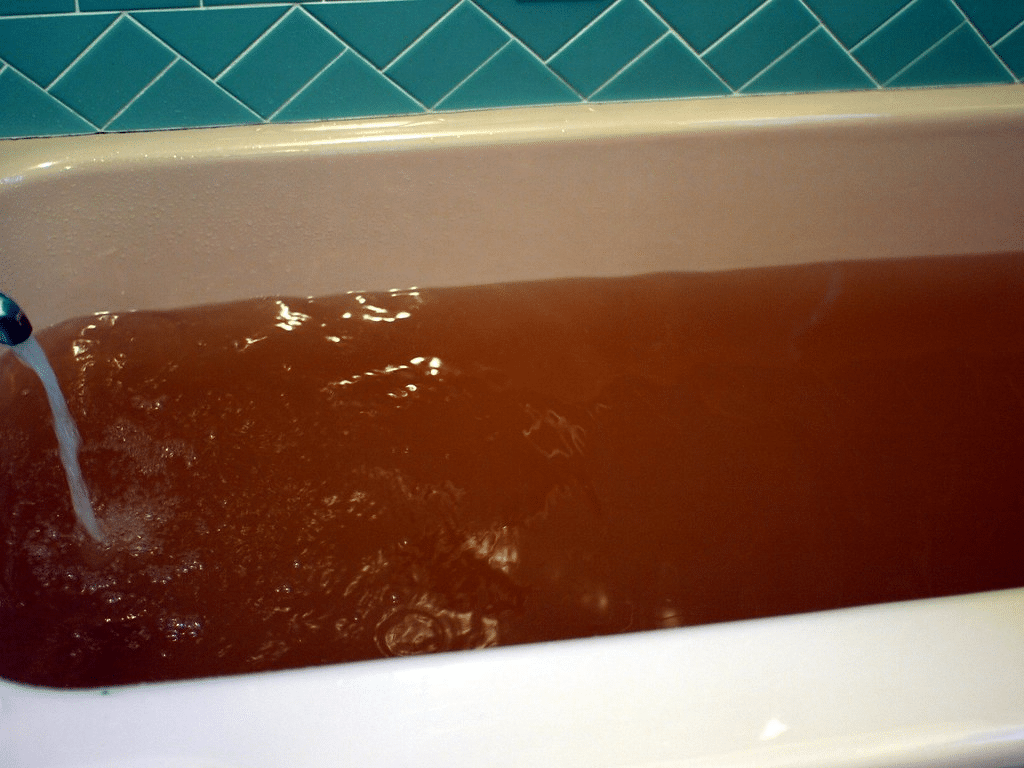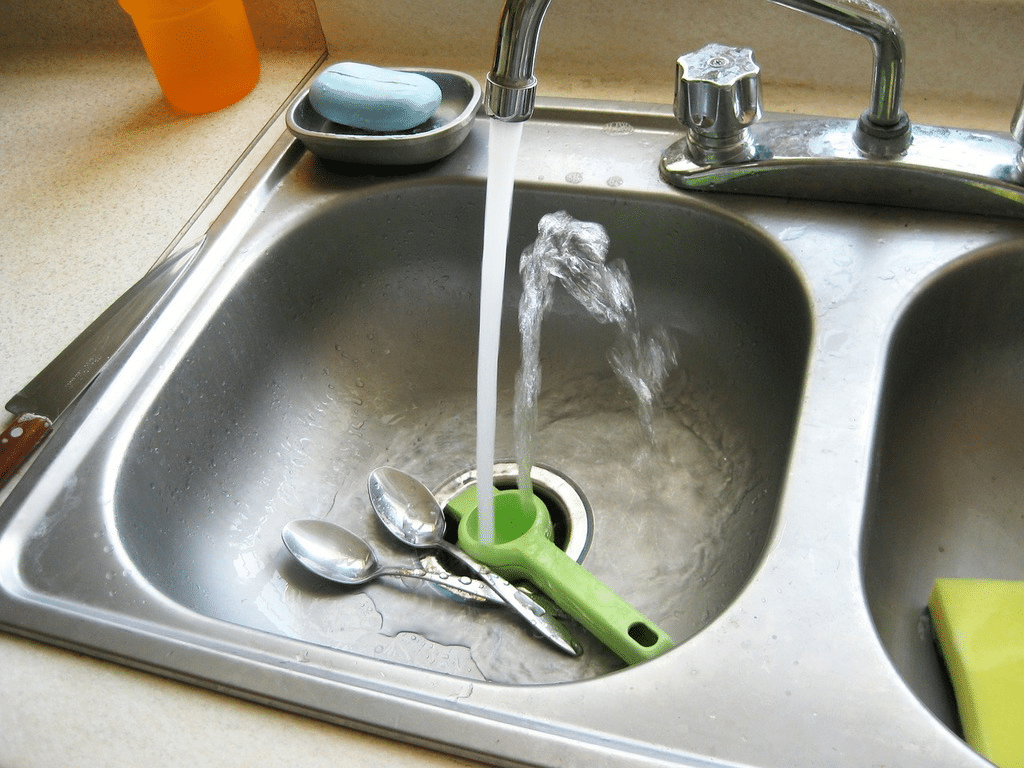When moving into a new home, one of the first things you should assess is the source of your water supply. Whether your home receives water from a municipal system or a private well significantly impacts water quality and necessary maintenance. City water is typically regulated and treated, but it may still contain residual contaminants from pipes or treatment chemicals such as chlorine.
On the other hand, well water is naturally sourced and requires routine testing to ensure it is free of harmful bacteria, nitrates, or heavy metals. Understanding where your water comes from helps determine the best course of action for keeping it clean and safe for daily use. Local authorities can also tell a lot about past water quality, providing valuable insights into potential risks or historical contamination issues in the area.
Checking for contaminants
Water quality can vary greatly from one location to another, so it is crucial to test for common contaminants. Some of the most pressing concerns include lead, bacteria, pesticides, and hard water minerals. Many older homes have outdated plumbing systems that can leach lead into drinking water, posing serious health risks, especially for children.
A professional water test can identify these contaminants, but home test kits also offer a convenient way to get preliminary results. If contamination is detected, installing a filtration system or consulting with local authorities about water treatment options can provide solutions to ensure safe water for drinking and household use. Regular testing at least once a year, or more frequently if water quality changes are noticed, can help maintain safety and detect any new problems before they become major concerns.
Water hardness
Hard water, which contains high levels of calcium and magnesium, is another factor to consider when assessing your new home’s water supply. While not a health risk, hard water can cause scale buildup in pipes and appliances, reducing their efficiency and lifespan. It can also leave residue on dishes and make it difficult to lather soap, leading to increased detergent use.

Many homeowners install water softeners to mitigate these effects. Testing for water hardness can help determine if such a system is necessary to improve the longevity of plumbing fixtures and maintain water efficiency. Additionally, understanding the specific hardness levels can guide homeowners in choosing the right type of softening system, whether it’s salt-based, salt-free, or electronic descalers.
Water pressure and flow
Water pressure and flow rate directly impact daily activities like showering, cooking, and washing dishes. Low water pressure can indicate underlying issues such as clogged pipes, leaks, or problems with the municipal supply system. Conversely, excessively high pressure can strain plumbing fixtures and lead to leaks over time. Checking water pressure upon moving in helps identify any necessary repairs or adjustments. If inconsistencies in water pressure are observed, it may be worth having a plumber inspect the system to prevent potential damage.
In some cases, pressure regulators can be installed to stabilize water flow and avoid excessive wear on pipes and appliances. Additionally, testing for variations in pressure throughout the home can reveal hidden leaks or blockages that might require professional repair.
Water temperature consistency
Inconsistent water temperature can be frustrating and may indicate problems with the water heater or plumbing system. Fluctuating temperatures during showers or dishwashing could mean sediment buildup in the water heater, faulty thermostats, or pressure imbalances in the plumbing.
If you experience sudden temperature shifts, it’s worth flushing the water heater to remove sediment, inspecting heating elements for damage, or checking if your home’s plumbing is properly balanced. In case the issue persists, a professional inspection may be necessary to ensure the water heater is functioning efficiently and to prevent potential safety risks, such as scalding or inadequate hot water supply.
Potential plumbing issues
The condition of your home’s plumbing system plays a crucial role in water quality. Corroded pipes, leaks, or outdated materials can introduce contaminants and affect water flow. Inspecting visible plumbing components, such as pipes under sinks and around water heaters, can reveal early signs of deterioration.

Check for signs of water discoloration or unusual odors – it indicates pipe corrosion or bacterial growth within the system. If any issues are present, professional plumbing assessments and possible pipe replacements may be necessary to maintain a reliable water supply. It is also important to monitor water heater performance, as sediment buildup can affect water quality and efficiency.
And don’t forget to ensure that the water heater is well-maintained and flushed regularly – to prevent problems related to temperature inconsistencies and mineral deposits, so frequent in New York, for example.
The role of water filtration systems
Depending on the quality of water in your home, installing a filtration system may be a wise investment. Various filtration methods, including activated carbon filters, reverse osmosis systems, and whole-house filtration units, can remove impurities and improve taste. A tankless filter in NYC is a particularly popular choice for city dwellers, as it provides clean drinking water without the need for bulky storage tanks. Filtration systems tailored to your specific water concerns can help ensure a safe and high-quality water supply for daily use.
Some filtration systems come with smart monitoring features, allowing homeowners to track water quality in real time and replace filters as needed. Regular maintenance of these systems shall prevent potential clogs or malfunctions.
Checking for local water quality reports
Municipal water suppliers are required to provide annual water quality reports that detail any detected contaminants and overall water safety. Reviewing these reports can offer insight into potential risks and inform decisions about additional filtration or treatment.
For those relying on private wells, regular independent testing is necessary to stay informed about water safety. Understanding local water quality trends allows homeowners to take proactive steps in protecting their health and home infrastructure.
Also, local water authorities or neighborhood groups can provide useful information about ongoing water quality initiatives or infrastructure improvements that may affect your supply in the future.
Emergency water preparedness
Aside from regular water quality checks, homeowners should also have an emergency preparedness plan for their water supply. Unexpected events such as main breaks, natural disasters, or system failures can disrupt access to clean water.
Keeping an emergency supply of bottled water, knowing alternative sources for clean water, and understanding how to purify water in a crisis can be invaluable in ensuring safety and preparedness. Homeowners with private wells may consider installing backup power systems for well pumps to maintain access during outages.
Conclusion
Ensuring safe and high-quality water in a new home requires thorough evaluation of multiple factors, including source, contaminants, hardness, pressure, plumbing conditions, temperature consistency, and filtration needs. By conducting initial tests and staying informed about local water quality, homeowners can take proactive steps to safeguard their health and maintain efficient home plumbing.
Prioritizing water quality ensures long-term comfort and safety in a new living space. And, of course, staying prepared for emergencies and engaging with local water resources will further enhance the security and reliability of your household’s water supply.

